What is the tolerance range of precision screws?
What is the tolerance range of precision screws?
Service Hotline
+86760-8787 8587We have more than ten years of production experience in the screw industry. The main products are: circuit board compartment, round head screw, 8.8 grade blackened and hardened 45# steel heat treatment T-nut, 304 core blind rivet, hardware precision hand Screw nuts, high-precision galvanized screws, split fixing pins, blackened inch bolts, ingot butterfly bolts, aluminum countersunk head rivets, aluminum alloy screws, open flat round head rivets, HG screws, A-type flat key construction pins , Hollow pins and other fasteners, due to different product materials and specifications, the prices are also different, if necessary, please contact us.


Although this structure can prevent the shaft from rotating radially to a certain extent, it also has some obvious defects: firstly, the positioning block needs to be opened during processing, and secondly, the opening of the positioning block needs to be opened. After the deformation, the contact between the positioning block and the shaft becomes line-to-line contact, so that the contact area between the positioning block and the shaft is reduced, and the force generated to overcome the radial rotation of the shaft is correspondingly changed. less, so there is a risk that the shaft can turn radially.
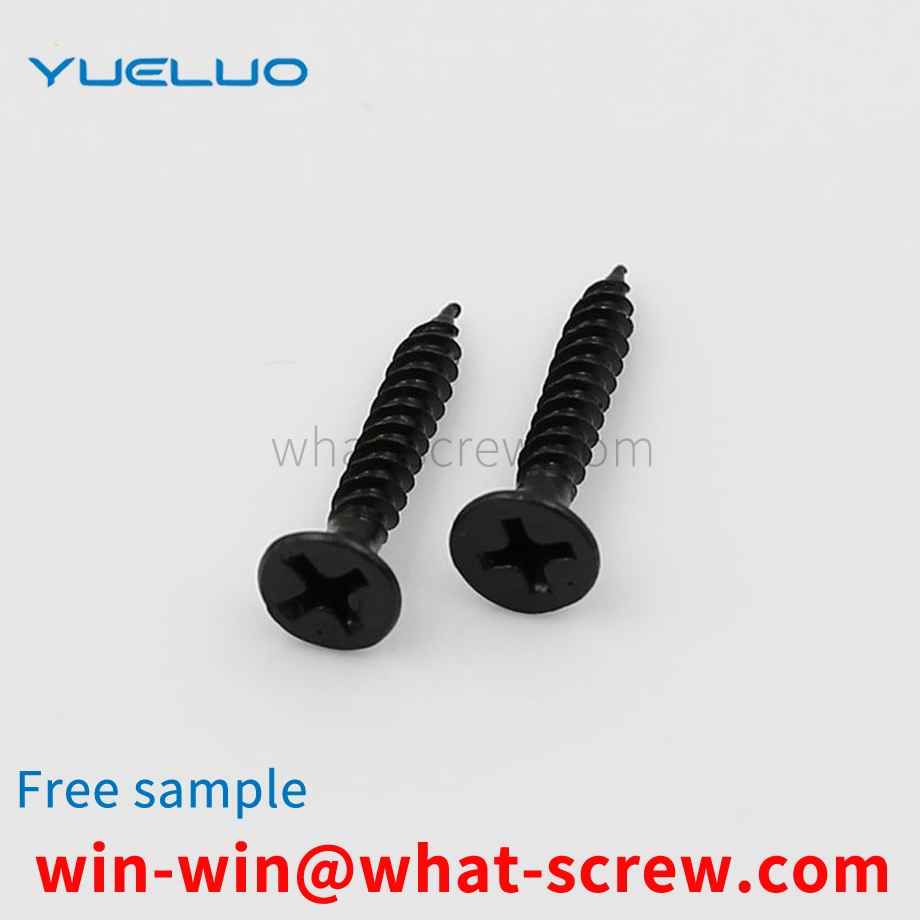
GB/T3103.3-2000 Fastener Tolerance Flat Washers 2 GB/T5286-2001 General Scheme of Flat Washers for Bolts, Screws and Nuts 3 GB/T9074.1-2002 Bolts or Screws and Flat Washers Assemblies 4 GB/T9074. 18-2002 Self-tapping screws and flat washers assemblies 5 GB/T 95-2002 Flat washers C grade 6 GB/T96.1-2002 Large washers A grade 7 GB/T96.2-2002 Large washers C grade 8 GB/T97. 1-2002 Flat washer Class A 9 GB/T97.2-2002 Flat washer chamfered Class A 10 GB/T97.4-2002 Flat washer for screw and washer assemblies 11 GB/T97.5-2002 Flat washer Self-tapping screws and washers assemblies 12 GB/T848-2002 Small washers Class A 13 GB/T5287-2002 Extra large washers Class C 14 GB/T4678.13-2003 Die-casting mold parts Part 13: Push plate washers 15 GB/T4605 -2003 Rolling bearing thrust needle roller and cage assemblies and thrust washers 16 GB/T97.3-2000 Flat washers for pins 17 GB/T18230.5-2000 Flat washers for bolted structures quenched and tempered 18 GB/T9074.5 -2004 Cross recessed small pan head screw and flat washer assembly 19 GB/T9074.20-2004 Cross recessed hexagon head tapping screw and flat washer assembly 20 GB/T3762-1983 Sharp angle sealing washer for ferrule type pipe joint 21 GB/T1231-2006 Specifications for high-strength large hexagon head bolts, large hexagon nuts and washers for steel structures 24 GB/T5649-2008 Lock nuts and washers for pipe joints and washers 27 GB/T10447-2008 Elements and tolerances of semicircular thrust washers for sliding bearings 28 GB/T94.1-2008 Specifications for elastic washers Spring washers 29 GB/T10446-2008 Dimensions and tolerances for full circle thrust washers for sliding bearings 30 GB/ T93-1987 standard spring washer 31 GB/T94.2-1987 elastic washer technical conditions toothed, serrated lock washer 32 GB/T98-1988 stop washer technical conditions 33 GB/T849-1988 spherical washer 34 GB/T850- 1988 Conical Washer 35 GB/T851-1988 Split Washer 36 GB/T852 -1988 Square bevel washer for I-beam 37 GB/T853-1988 Square bevel washer for channel steel 38 GB/T854-1988 Single-ear stop washer 39 GB/T7244-1987 Heavy-duty spring washer 40 GB/T855-1988 Double-ear stop Dynamic washer 41 GB/T7245-1987 Saddle spring washer 42 GB/T7246-1987 Wave spring washer 43 GB/T856-1988 Outer tongue stop washer 44 GB/T858-1988 Stop washer for round nut 45 GB/T859-1987 Light spring washer 46 GB/T860-1987 Saddle elastic washer 47 GB/T861.1-1987 Internal tooth lock washer 48 GB/T861.2-1987 Internal serrated lock washer 49 GB/T862.1-1987 External tooth lock 50 GB/T862.2-1987 External Serrated Lock Washers 51 GB/T955-1987 Wave Elastic Washers 52 GB/T27938-2011 Sliding Bearing Thrust Washers Failure Damage Terms, Appearance Features and Reasons 53 GB/T956.1- 1987 Conical lock washer 54 GB/T956.2-1987 Conical serrated lock washer 55 GB/T28697-2012 Rolling bearing self-aligning thrust ball bearing and self-aligning seat washer Dimensions 56 GB/T9074.2-1988 Cross groove disc Head screw and male serrated lock washer assembly 57 GB/T9074.3-1988 Cross recessed pan head screw and spring washer assembly 58 GB/T9074.4-1988 Cross recessed pan head screw, spring washer and flat washer assembly 59 GB /T9074.7-1988 Cross recessed small pan head screw and spring washer assembly 60 GB/T9074.8-1988 Cross recessed small pan head screw and spring washer and flat washer assembly 61 GB/T9074.9-1988 Cross recessed countersunk Head screw and conical lock washer assembly 62 GB/T9074.10-1988 Cross recessed countersunk head screw and conical lock washer assembly 63 GB/T9074.11-1988 Cross recessed hexagon head bolt and flat washer assembly Parts 64 GB/T9074.12-1988 Cross recessed hexagon head bolt and spring washer assembly 65 GB/T9074.13-1988 Cross recessed hexagon head bolt, spring washer and flat washer assembly 66 GB/T9074.15- 1988 Hexagon head bolt and spring washer assembly 67 GB/T9074.16-1988 Hexagon head bolt and serrated lock washer assembly 68 GB/T9074.17-1988 Hexagon head bolt, spring washer and flat washer assembly 69 GB/T9074 .26-1988 Spring Washers for Assemblies 70 GB/T9074.27-1988 External Serrated Lock Washers for Assemblies 71 GB/T9074.28-1988 Conical Lock Washers for Assemblies 72 GB/T1030-1988 Inner Spherical Washers[1]
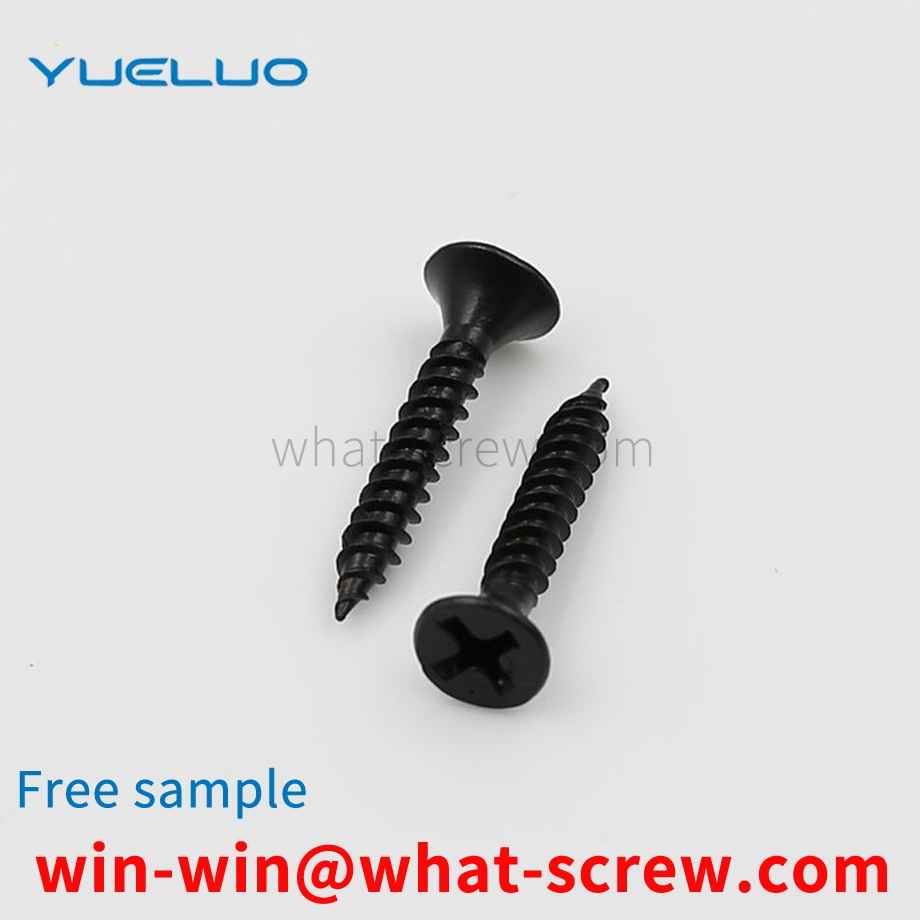
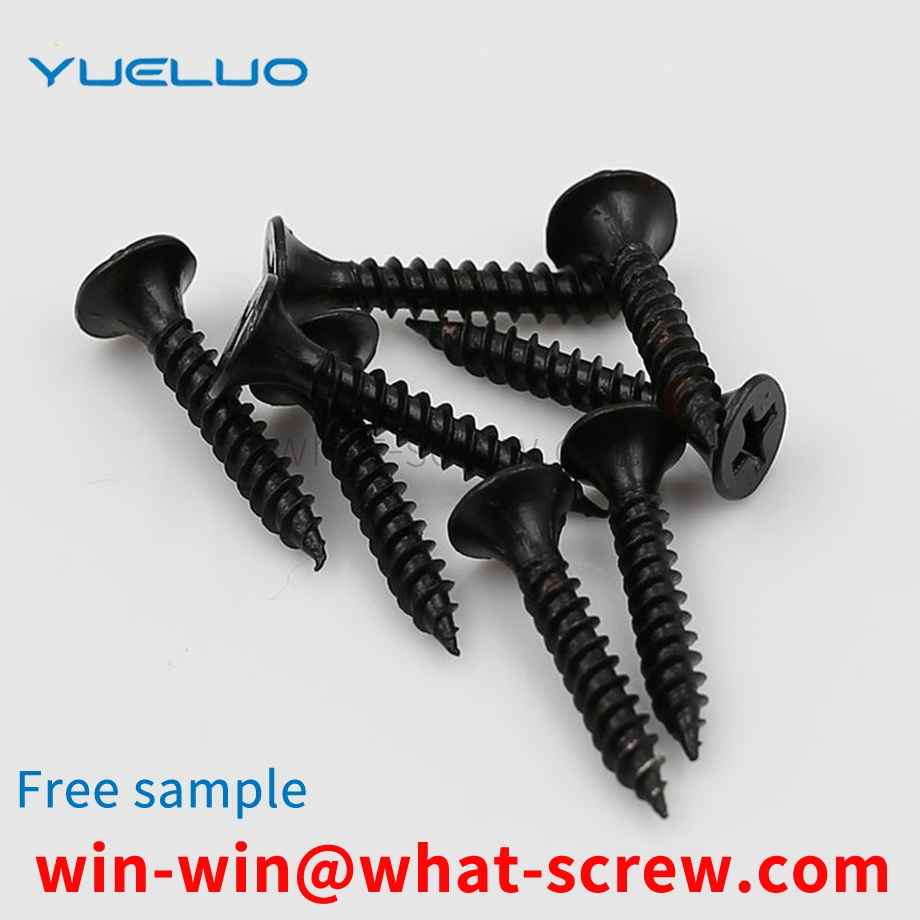
The process of removing iron oxide plate from cold heading steel wire rod is stripping and dephosphorization. There are two methods: mechanical dephosphorization and chemical pickling. Replacing the chemical pickling process of wire rod with mechanical phosphorus removal not only improves productivity, but also reduces environmental pollution. This phosphorus removal process includes bending method (the round wheel with triangular grooves is commonly used to repeatedly bend the wire rod), spray nine method, etc. The phosphorus removal effect is good, but the residual iron and phosphorus cannot be removed (the removal rate of iron oxide scale is 97%) ), especially when the iron oxide scale is very sticky, therefore, mechanical phosphorus removal is affected by iron scale thickness, structure and stress state. Carbon steel wire rods used for low strength fasteners (less than or equal to 6.8) High-strength bolts (greater than or equal to grade 8.8) use wire rods to remove all iron oxide scales after mechanical dephosphorization, and then go through a chemical pickling process for compound dephosphorization. For low carbon steel wire rods, the iron sheets left by mechanical dephosphorization are likely to cause uneven wear of grain draft. When the grain draft hole adheres to the iron sheet when the wire rod rubs against the external temperature, the surface of the wire rod produces longitudinal grain marks. More than 95% are caused by scratches on the surface of the steel wire during the drawing process. Therefore, the mechanical phosphorus removal method is not suitable for high-speed drawing.
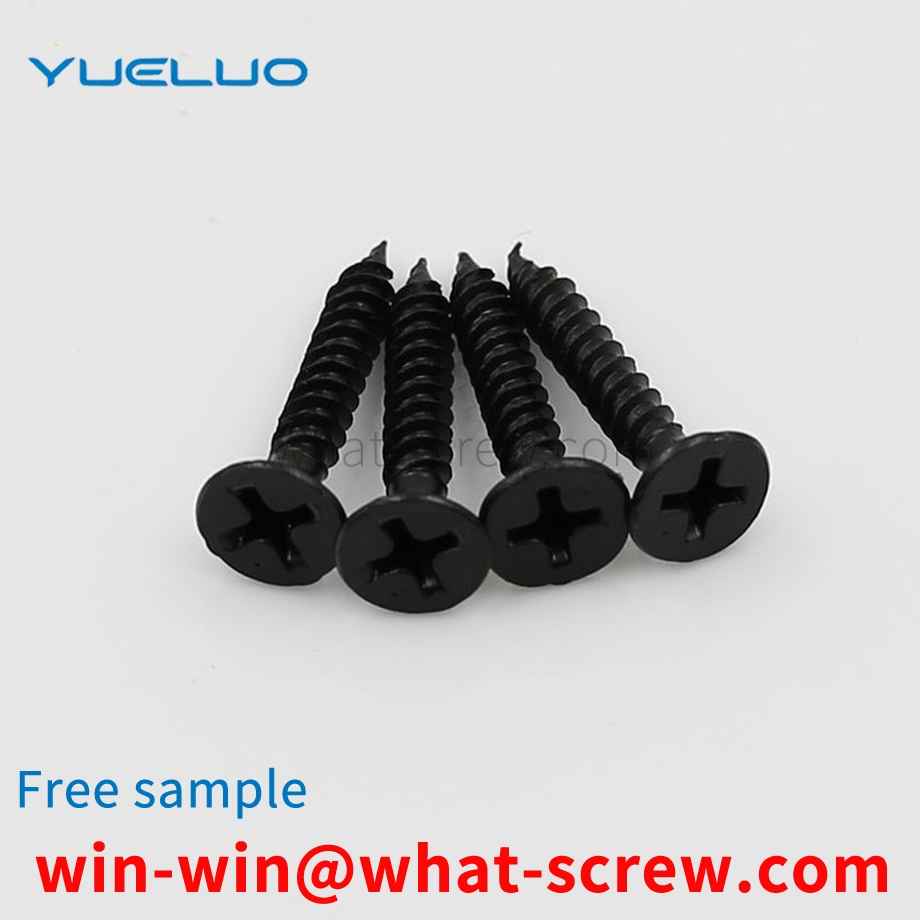
1. When the main body is large-scale equipment, accessories need to be installed, such as sight glass, mechanical seal seat, deceleration frame, etc. The stud bolts used at this time, one end is screwed into the main body, and the other end is equipped with nuts after the accessories are installed. , Since the accessories are often disassembled, when the main body and the accessories are directly connected by bolts, the main body threads will be worn or damaged over time, and it is very convenient to use studs to replace them. 2. When the thickness of the connecting body is very large and the bolt length is very long, stud bolts will be used. The purpose of anti-loosening of stud connection In actual work, the external load has vibration, change, high temperature creep of the material, etc., which will reduce the friction force, the positive pressure in the thread pair disappears at a certain moment, and the friction force is zero, thus making the threaded connection loose. , if repeated action, the threaded connection will loosen and fail. Therefore, it is necessary to prevent loosening, otherwise it will affect the normal work and cause accidents.
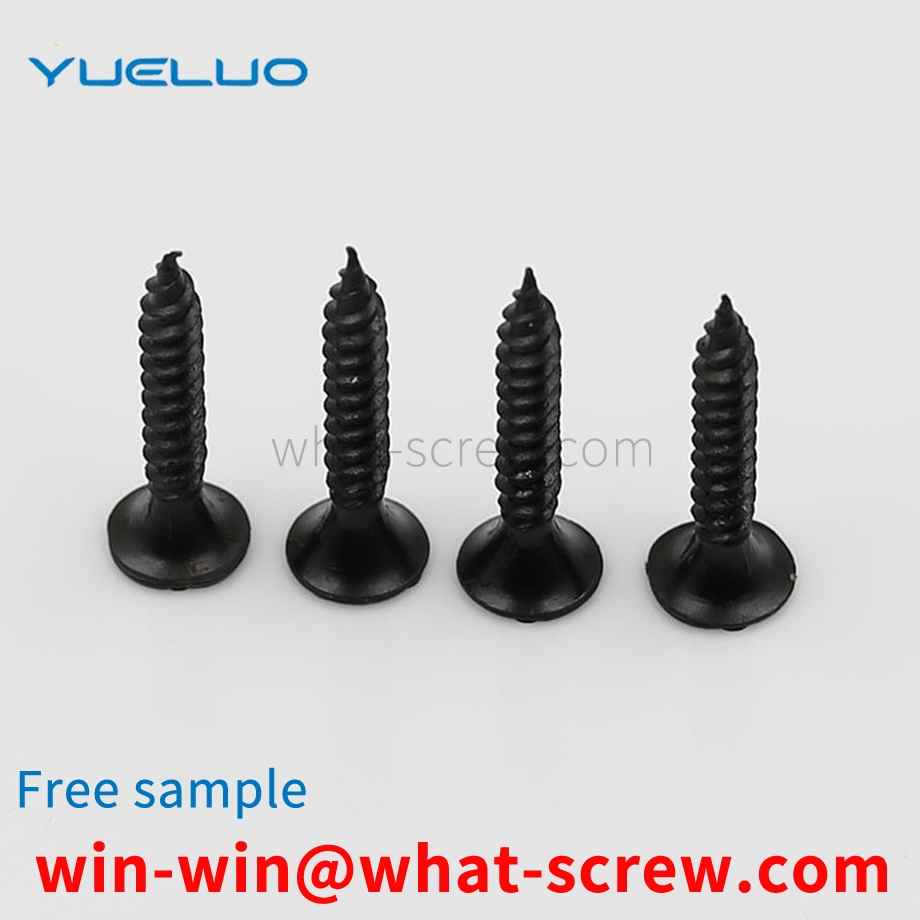
The above content is uploaded by Yueluo or the Internet. If there is any copyright issue, please contact [email protected].

What is the tolerance range of precision screws?

How to choose the right stainless steel screw manufacturer?

Why is there an R angle under the head of the hexagon head s...

We have more than ten years of production experience in the ...

We have more than ten years of experience in the production ...

We have more than ten years of experience in the production ...

We have more than ten years of experience in screw industry ...